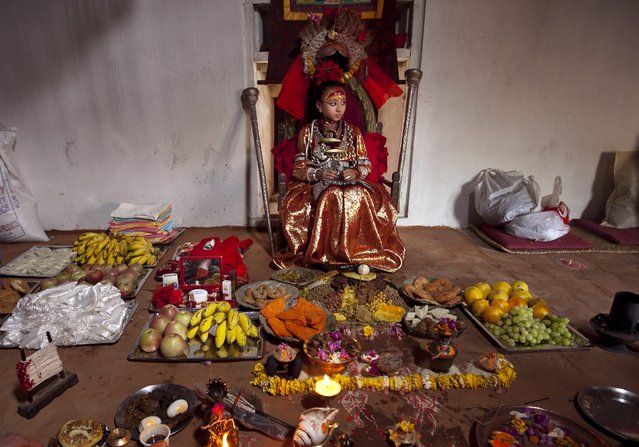
Nepali members of the LGBT community take part in a Gay Pride parade in Kathmandu on August 8, 2017. Scores of gays, lesbians, transvestites and transsexuals from across the country took part in the rally to spread their campaign for sexual rights in the country. In 2013 Nepal introduced citizenships with a third gender option and began issuing passports reflecting the same in 2015. (Photo by Prakash Mathema/AFP Photo)
09 Aug 2017 07:43:00,post received
0 comments







